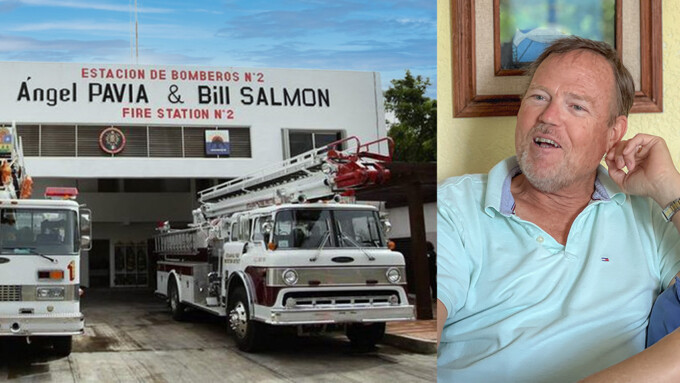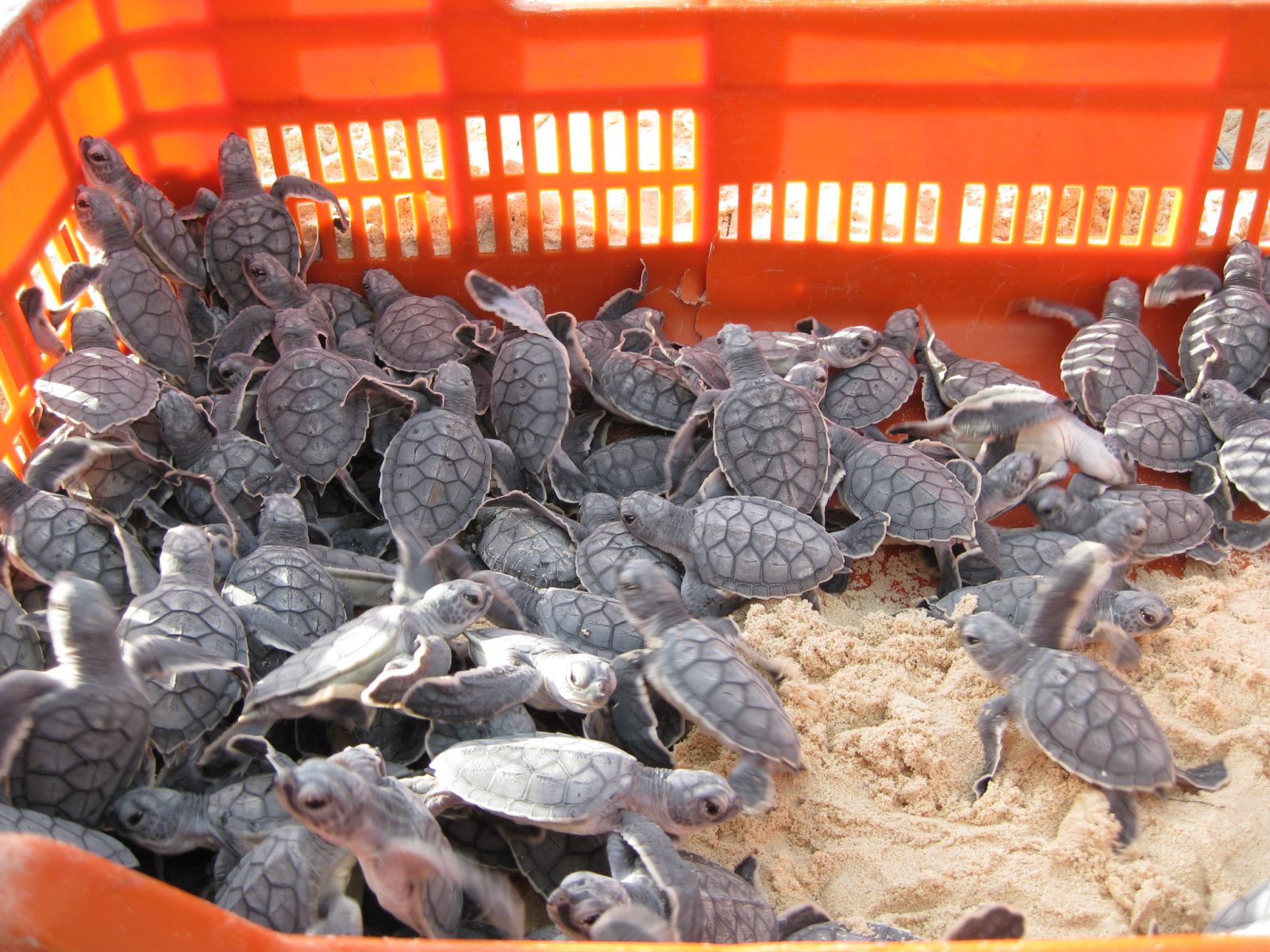The ABCD’s of Dengue: A 4 Part Series by Dr. Fernando Senties Nieto (Dr. Chey)
This is the third post in a 4 part series, about Dengue, which originally appeared at blogtorchey.blogspot.com in Spanish on June 2011.
We have already seen how the Aedes reproduces and transports the dengue virus. In this installment we focus on its effects on us. I will start by differentiating the two general variants of the disease: the classic dengue and the hemorrhagic dengue. Even though considered two different entities, they clinically show a linear evolution: we all start with the symptoms of the classic dengue and, in some cases evolving to hemorrhagic dengue. I will not go into deep medical details, but it is important to mention that the presence of the virus in the blood produces an initial inflammatory response which produces in the body symptoms of classic dengue. In light of certain factors, the body may trigger a second inflammatory response by producing an accelerated use of platelets and dehydration which typify the symptoms of a hemorrhagic dengue.
The classic dengue has a variety of symptoms, hence often mistaken. An important example came about in 2009 with the presence of influenza, when a patient’s symptoms could be considered suspect of dengue and flue, assuming an important epidemiological challenge. At present dengue’s cardinal symptoms, those that determine a suspicious case are fever, headache, myalgia and arthralgia (bone and muscle pain); there is practically no case where these symptoms are not presents. Sometimes an allergic rash is present and may be preceded by a manifestation similar to a cold or simply sore throat and cough. With lower frequency we will find diarrhea, nausea or abdominal pain. Classic dengue symptoms last 3 to 4 days and, though we will not talk therapeutics in detail, the most important part of the treatment focuses on being well hydrated (4 to 5 liters of water or saline solution every day) and controlling the fever; use of antibiotics is usually a preventive measure (viruses are not attacked with antibiotics) and there are no antiviral medications or other drugs at present that may revert or reduce the duration of the symptoms.
Hemorrhagic dengue often manifests on the fourth or fifth day after the fever began. It’s a paradoxical and critical period as it comes about at the right moment the patient starts to feel better and the fever drops (which cause the symptoms to be underestimated). The essential symptoms are those that, after the classic dengue manifestation, they present abnormal bleeding: bleeding of the gums, nose bleeding, extended menstrual period, faces with blood or too dark. As well, presence of red punctiform spots on the skin usually on shins and forearms is a bottom-line manifestation of hemorrhagic dengue. At this point medical and lab evaluation are of utmost importance, as most cases require intravenous hydration, supervision of platelet levels, supervision and control of hemorrhages; very few are those cases that can be treated as out-patients (outside the hospital.)
Finally, I want to address some questions on the matter. First: this is a serious disease and has a large complication potential. I find that many patients feel that “nothing is being done” to them while at the hospital and want to be discharged. The reality is that although they do not require expensive or specialized medication, the sole administration of intravenous saline solution prevents many complications and, in case of hemorrhage, it can be controlled and patient’s complications be avoided. The second one is recovery. When patients are released, they want to return to their regular daily routines; it must be understood that hemorrhagic dengue (even the classic one) is a disease which, like pneumonias or kidney infections, significantly deplete the body reserves. Third and last, it is important to always seek medical advice when the main symptoms are present, in addition to the evaluation and proper treatment, the respective authorities must be notified of the case.
I hope this information is helpful. Wait for the next installment: D. Diagnosis and Epidemiology. Cheers.
This is part of a series of 4 articles, written by Dr. Fernando Senties Nieto. Also known as Dr. Chey, he is a fully bi-lingual, board certified family practitioner here in Cozumel. In addition, he also has a Masters in Hyperbaric and Diving Medicine and Clinical Psychology and Psychiatry. He offers consultations at his private office, the Clinica San Miguel, and will even schedule a house call. For more information, visit his webpage.
This story originally appeared in the weekly Cozumel 4 You NEWS – the island’s number one source of positive information about our island! Be sure and subscribe to the weekly NEWS to find out all the island events!…
______________________________
Una ex yanqui de Connecticut quien llama hogar a Cozumel desde hace más de 15 años. Laura escapó al Caribe hace años, desplazándose de una isla a otra dando clases de BUCEO. Se dedicó a perder el tiempo en Jamaica y finalmente se detuvo en Cozumel para pasar unas vacaciones de 2 semanas que aún no terminan. Convenciendo a sus padres que pagaran una elegante universidad privada, obtuvo su título en Periodismo y Laura crea semanalmente Cozumel 4You, medios sociales y artículos promocionales sobre la Isla y también es moderadora en el grupo Cozumel 4 You en Facebook que actualmente cuenta con 25,000 miembros. Fabián, s umuy tolerante marido, desde hace mucho tiempo se resignó a no tener vida privada, pues se ha visto implicado en los diversos proyectos y planes que urde Laura. Son orgullosos padres de diversos perros y gatos rescatados. Mientras contempla su paso a través de la vida en el Caribe mexicano,Laura continúa siendo la pesadilla en la existencia de su muy tradicional suegra mexicana.
- Humane Society Cozumel Pet Week - March 28, 2025
- Cozumel Property Tax & Garbage Taxes - March 28, 2025
- Cozumel 4 You News March2025 - March 28, 2025
An ex-Connecticut Yankee who has called Cozumel home for over 18 years, Laura ran away to the Caribbean years ago, bumped around the islands teaching SCUBA diving, lost some time in Jamaica, and finally stopped in Cozumel for a 2 week vacation that hasn’t ended yet. With a degree in Journalism from a fancy private college she convinced her parents to pay for, Laura writes, edits, and creates the weekly Cozumel 4 You news, social media, and promotional articles about the island, as well as moderates the Cozumel 4 You Facebook group, which currently has over 25,000 members. Her long suffering husband, Fabian, has long since resigned himself to having zero private life, as he’s been involved in her various schemes and plots since his arrival. Proud parents to a variety of rescue dogs and cats, Laura continues to be the bane of her traditional Mexican mother-in-law’s existence, as she muses her way through life in the Mexican Caribbean. ______________________________ Una ex yanqui de Connecticut quien llama hogar a Cozumel desde hace más de 15 años. Laura escapó al Caribe hace años, desplazándose de una isla a otra dando clases de BUCEO. Se dedicó a perder el tiempo en Jamaica y finalmente se detuvo en Cozumel para pasar unas vacaciones de 2 semanas que aún no terminan. Convenciendo a sus padres que pagaran una elegante universidad privada, obtuvo su título en Periodismo y Laura crea semanalmente Cozumel 4You, medios sociales y artículos promocionales sobre la Isla y también es moderadora en el grupo Cozumel 4 You en Facebook que actualmente cuenta con 25,000 miembros. Fabián, s umuy tolerante marido, desde hace mucho tiempo se resignó a no tener vida privada, pues se ha visto implicado en los diversos proyectos y planes que urde Laura. Son orgullosos padres de diversos perros y gatos rescatados. Mientras contempla su paso a través de la vida en el Caribe mexicano, Laura continúa siendo la pesadilla en la existencia de su muy tradicional suegra mexicana.
Three Cozumel topics that may be of interest
Three Cozumel topics that may be of interest Three Cozumel topics...
Bill Salmon Cozumel Fire Station
Bill Salmon Cozumel Fire Station Bill Salmon: The Man Behind the Name...
Cozumel Baby Turtles Allegedly Sold Federal Crime
Cozumel Baby Turtles Allegedly Sold Federal Crime Baby Turtle Hatchlings Possibly Sold...
Cozumel Sustainable Wave Energy
Cozumel Sustainable Wave Energy In Cozumel, the bet is on tidal...



















Leave a comment